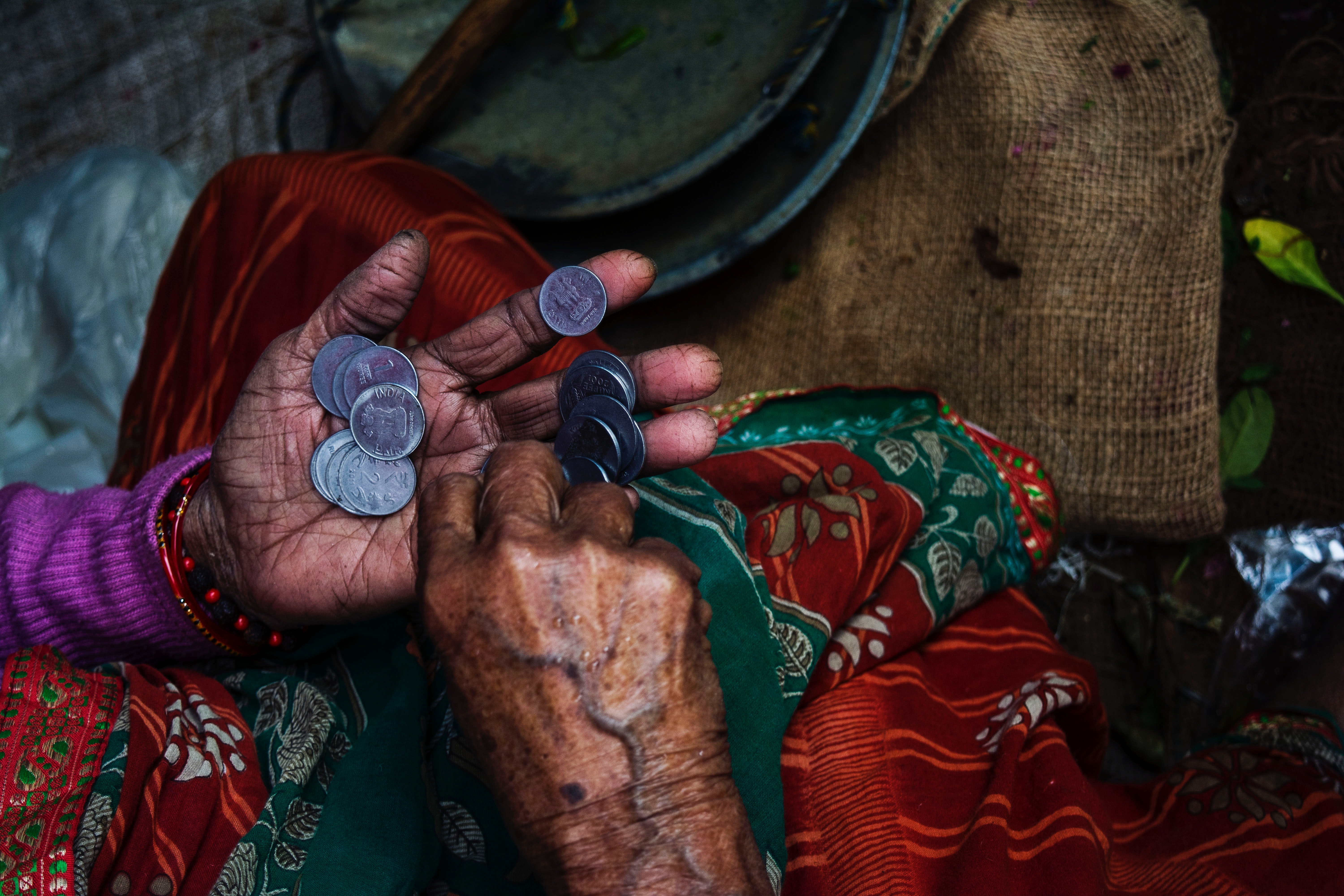Significant progress to end poverty has been made since 2000.
Countries within Eastern and Southeastern Asia are experiencing development and seeing poverty decrease. However, one in ten people still lives on less than US$1.90 a day, which is the internationally agreed poverty line.
Nearly 42% of the population in Sub-Saharan Africa lives below the poverty line.
Poverty entails more than a lack of income. Poverty or extreme poverty manifests hunger, malnutrition, limited education, no basic health services, social discrimination, and more.
Sustainability, access to resources, and infrastructure are all keys to ending poverty. Infrastructure takes years and huge investment to bring to fruition. Governments and humanitarian organizations must make tangible changes immediately to combat increasing needs such as hunger, malnutrition, and disease.
Poverty facts and figures from the UN
- 783 million people live below the international poverty line of US$1.90 a day.
- In 2016, almost 10 percent of the world’s workers and their families lived on less than US$1.90 per person per day.
- Most people living below the poverty line belong to two regions: Southern Asia and sub-Saharan Africa.
- High poverty rates are often found in small, fragile and conflict-affected countries.
- As of 2016, only 45% of the world’s population was effectively covered by at least one social protection cash benefit.
Aldelano Solar Solutions products offer instant infrastructure to remote or developing communities. The solar power, cold storage, and clean water provided by Aldelano Solar Solutions products stimulate health care, agriculture, fishing, and education industries.
“Extreme poverty anywhere is a threat to human security everywhere.” — Kofi Annan, Seventh Secretary-General of the United Nations
Ending extreme poverty is within reach! The United Nations aims to have no more than 3 percent of the world’s population living on just $1.90 a day by 2030. Aldelano Solar Solutions spurs economic development and helps to lift communities out of poverty by supplying long-lasting, industrial-grade solar equipment that comes ready for use. It is critical for developing communities to gain access to resources that meet immediate needs while sustainably supporting them into the future.

